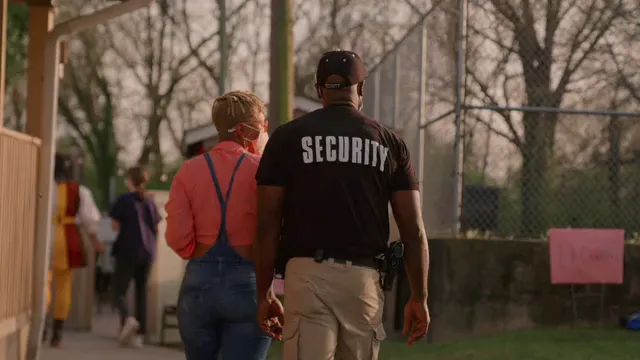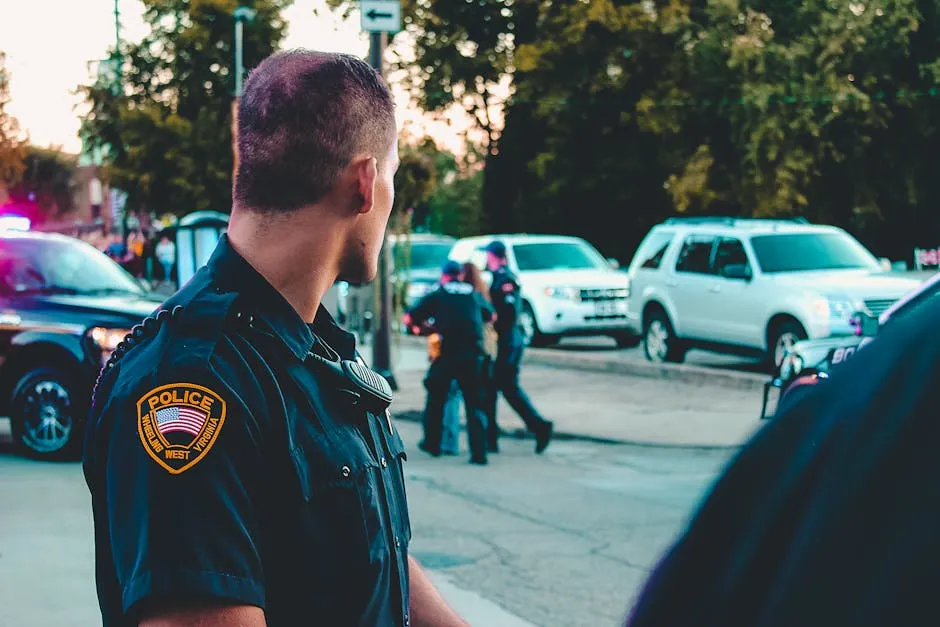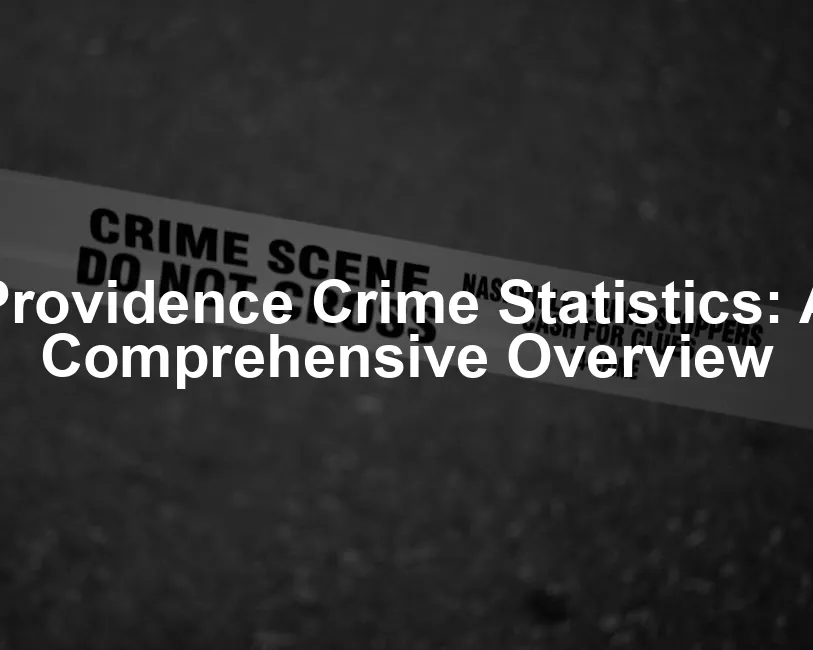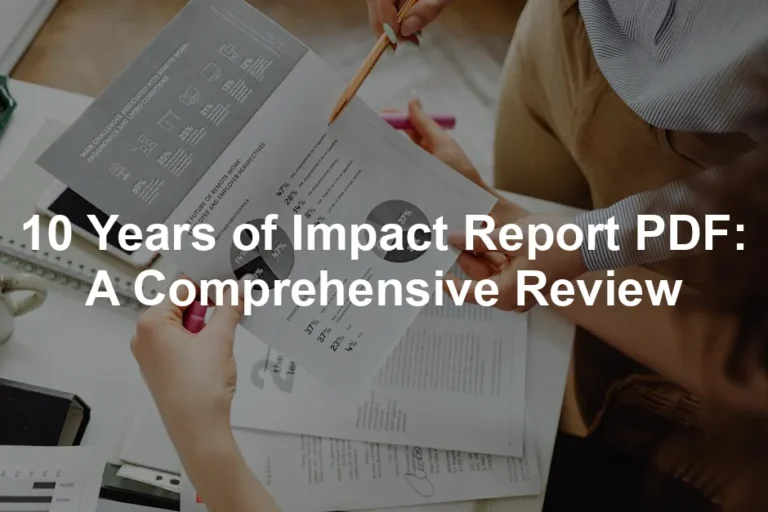Introduction
Understanding crime statistics in Providence, Rhode Island is essential. This article aims to provide a detailed analysis of crime trends, helping residents, potential movers, and policymakers make informed decisions. Why is this important? Well, knowledge is power! By grasping local crime statistics, you can better assess safety, neighborhood dynamics, and even housing options.
Residents deserve to know the safety of their streets. Potential movers seek clarity before committing to a new home. Policymakers require reliable data to shape effective community strategies. Here, we break down the numbers, trends, and implications of crime in Providence.
The data used in this analysis comes from various reliable sources. Local law enforcement agencies, including the Providence Police Department, provide annual crime reports. Additionally, national crime reports compile data from over 18,000 local law enforcement agencies. This ensures that our insights reflect an accurate and comprehensive picture of crime in the city.
So, let’s pull back the curtain on Providence crime statistics. Together, we’ll navigate through the numbers and trends that shape this vibrant city. And while we’re at it, why not explore some intriguing reads? If you’re interested in the psychology behind crime, grab a copy of The Psychology of Criminal Conduct by D. J. A. Doerner for a fascinating dive into the mind of criminals.

Historical Crime Trends in Providence
Overview of Crime Rates (2010-2022)
When we look at crime rates in Providence over the past decade, a mixed bag of trends emerges. Generally, crime rates have seen fluctuations, but the overall trajectory is worth noting. From 2010 to 2022, the city experienced periods of both increase and decrease in crime levels.
Violent crime rates saw a notable dip in recent years, with a 13.7% decrease from the previous year. Meanwhile, property crime rates tell a different story. They have remained relatively high, peaking in certain years. This disparity offers a layered perspective on crime in Providence, highlighting the complexities that residents face.

Yearly Breakdown of Violent and Property Crimes
Violent crimes in Providence include murder, assault, robbery, and rape. According to reports, the total number of violent crimes hovered around 643 in the latest year of data. Breaking it down further, we can see that assaults were the most common, with 435 reported incidents. To delve deeper into the nature of crime, consider reading Mindhunter: Inside the FBI’s Elite Serial Crime Unit to gain insights into criminal profiling.
Murder rates, while concerning, have fluctuated. In 2022, the city recorded just 7 homicides, a significant drop from previous years, reflecting ongoing community safety efforts. Rapes and robberies also contributed to the overall violent crime count, with 65 rapes and 136 robberies reported.
On the property crime side, the numbers are equally revealing. Burglary, theft, and motor vehicle theft form the crux of these statistics. In 2022, Providence experienced 4,786 property crimes, with theft accounting for a whopping 3,687 incidents. Motor vehicle theft remained a persistent issue, with 714 vehicles reported stolen.
The historical context of these statistics allows residents and potential movers to understand the safety landscape better. It underscores the need for continued vigilance and community engagement in addressing crime.

Current Crime Statistics
2023 Annual Crime Report
In 2023, Providence faced notable crime challenges. The total crime rate stood at approximately 29 crimes per 1,000 residents. This figure, while alarming, reflects a city grappling with its safety dynamics. When we break it down further, we see a clear distinction between violent and property crimes.
Violent crimes made up around 3.39 per 1,000 residents, while property crimes soared to about 25.25 per 1,000. The total number of reported crimes reached a staggering 5,429, with 643 classified as violent crimes and 4,786 categorized as property crimes. These statistics indicate that while Providence is not among the most dangerous cities in the nation, there are still significant concerns for residents.

Detailed Analysis of Violent Crimes
Violent crime in Providence encompasses several serious offenses. The statistics for 2023 reveal the following breakdown:
- Murder: 7 incidents
- Rape: 65 incidents
- Robbery: 136 incidents
- Assault: 435 incidents
These figures represent a mix of stability and concern. The murder rate, while low, indicates ongoing efforts in community safety. However, the spike in assaults and the steady rate of robberies highlight areas that require attention. If you’re intrigued by crime stories, why not check out The Stranger Beside Me by Ann Rule for a gripping read on true crime.
One notable pattern is the increase in domestic violence incidents, which have become a growing concern. As communities evolve, so do the nature and dynamics of crime. This trend hints at the need for enhanced support systems for victims and education surrounding domestic issues.

Detailed Analysis of Property Crimes
When it comes to property crimes, the landscape is equally telling. The breakdown reveals significant insights into community safety:
- Burglary: 385 incidents
- Theft: 3,687 incidents
- Motor Vehicle Theft: 714 incidents
Neighborhoods vary widely in their crime rates. Areas like Wayland and College Hill generally report lower incidents of property crime, while Olneyville and Smith Hill experience higher rates. This discrepancy indicates how location affects safety, urging potential movers to consider these factors closely. If you’re looking to understand crime fiction better, grab The Complete Sherlock Holmes by Arthur Conan Doyle for a classic take on crime solving.
Moreover, the statistics show that theft continues to be the most prevalent crime in Providence. The sheer number of theft incidents suggests a need for community vigilance. Residents are encouraged to adopt precautionary measures, such as securing homes and vehicles.

Comparison with National Averages
Comparing Providence’s crime rates to national averages provides essential context. Nationally, the violent crime rate sits at about 4 per 1,000 residents, while property crime averages around 20 per 1,000.
Providence’s violent crime rate is slightly below the national median, at 3.39 per 1,000. However, the property crime rate is considerably higher, standing at 25.25 per 1,000 residents. This disparity indicates that while violent crime may be less of a concern, property crime remains a significant issue for residents.
This comparison underscores the need for ongoing community engagement and crime prevention strategies. Local law enforcement agencies are working to address these issues effectively, but collaboration with residents is crucial for creating a safer environment. If you’re interested in crime literature, don’t miss out on The Crime Book: Big Ideas Simply Explained.
In conclusion, the current crime statistics in Providence present a complex picture. While there are positive trends, such as lower violent crime rates, the high property crime rates demand attention. Residents must remain informed and involved in community safety initiatives to ensure a vibrant and secure living environment.

For a deeper understanding of crime statistics in Providence, check out this providence ri crime statistics article.
Neighborhood Crime Statistics
Crime by Neighborhood
In Providence, crime rates vary significantly from neighborhood to neighborhood. Some areas enjoy a reputation for safety, while others face challenges that can send shivers down your spine.
Let’s start with the stars of the show—safer neighborhoods. Wayland, College Hill, and Blackstone typically boast lower crime rates. Residents here can stroll down the streets without a care, perhaps only worrying about which café to stop at for that morning coffee. In contrast, neighborhoods like Olneyville, Smith Hill, and Charles deal with higher crime rates, making evening walks feel more like a scene from a suspense thriller. If you’re into suspenseful storytelling, check out The Girl with the Dragon Tattoo by Stieg Larsson for a thrilling read.
Several factors play a role in these discrepancies. For instance, neighborhoods with better socioeconomic conditions often enjoy lower crime rates. High employment opportunities and access to quality education create an environment where crime takes a back seat. On the flip side, areas struggling with unemployment and poverty often see higher crime rates. It’s a tale as old as time: where there’s economic strife, crime often follows.

Moreover, the physical layout of neighborhoods can influence crime rates. Densely populated areas tend to experience more crime due to the sheer number of people and limited resources. For instance, neighborhoods near downtown Providence, with their bustling nightlife, can draw in both fun-seekers and troublemakers alike. If you enjoy a good crime drama, don’t miss out on True Detective: Season 1 (DVD).
Community Surveys and Perceptions of Safety
While crime statistics provide a cold hard look at reality, how do residents feel? Surveys reveal a mixed bag of sentiments. In a recent poll, about 65% of respondents claimed they feel “pretty safe” in their neighborhoods. Meanwhile, 22% admitted to feeling “somewhat safe,” often voicing concerns that keep them on their toes. The remaining 13%—well, they’re not winning any safety awards, expressing feelings of significant unease.
Interestingly, there’s often a gap between what the statistics say and how residents feel. For example, while data may indicate a slight uptick in property crimes, many residents report feeling secure. This discrepancy can stem from various factors, including community initiatives, increased police presence, or simply the human ability to adapt to their surroundings. If you’re curious about how crime affects communities, consider reading The Culture of Crime: The Impact of the Media on Criminal Justice by John C. K. MacDonald.
That said, the perception of safety matters just as much as the numbers. If people feel unsafe, it affects their quality of life and can lead to community disengagement. To bridge this gap, it’s essential for law enforcement and community leaders to engage with residents actively, fostering an environment where people feel heard and safe.

Key Factors Influencing Crime in Providence
Socioeconomic Factors
Crime isn’t born in a vacuum; it’s typically influenced by socioeconomic conditions. In Providence, unemployment rates hover around 4.4%, slightly better than the national average. However, even a small percentage can represent many individuals struggling to find stable work. Families in financial distress often resort to desperate measures, and sadly, crime can seem like the only option.
Education also plays a crucial role. While 72% of Providence residents hold at least a high school diploma, this figure still lags behind the national average of 83%. Lower education levels correlate with higher crime rates, as individuals may lack the skills needed for stable employment. If you’re intrigued by the historical context of crime, consider reading Crime and Punishment by Fyodor Dostoevsky, a classic exploration of morality and crime.
Poverty is another factor contributing to crime trends. With nearly 29% of the population living below the poverty line, it’s no wonder that some individuals might feel compelled to commit crimes out of sheer necessity. This situation creates a cycle where crime feeds off poverty, and poverty, in turn, leads to more crime.

In summary, understanding these socioeconomic factors is vital for addressing crime effectively. By improving job opportunities, enhancing education, and alleviating poverty, Providence can work toward a safer and more secure future for all its residents.
Law Enforcement and Public Safety Initiatives
Providence has rolled out several policing strategies and community safety programs. These initiatives aim to tackle crime effectively and foster cooperation between law enforcement and residents. Community policing stands at the forefront of these efforts. Officers engage directly with residents, building trust and encouraging collaboration. This approach helps identify local issues that require immediate attention.
Neighborhood watch programs also play a significant role. Residents team up to keep an eye on their surroundings, reporting suspicious activities. This grassroots involvement has led to a greater sense of ownership over community safety. Citizens no longer feel like mere bystanders; they become active participants in creating a secure environment. If you’re interested in the legal aspects of crime, Before the Law: An Introduction to the Law by Franz Kafka might pique your interest.
Additionally, the Providence Police Department has implemented data-driven policing. This method utilizes crime analytics to deploy resources where they’re most needed. By analyzing crime patterns, police can anticipate and prevent criminal activities before they escalate. The department also invests in training programs to equip officers with skills to handle various situations.
But what do the numbers say? Reports indicate these initiatives have yielded positive outcomes. The 2022 data showed a 13.7% decrease in violent crime compared to the previous year. This trend suggests that the community’s collective efforts and law enforcement’s proactive strategies are making a difference.
However, challenges remain, particularly concerning property crime. Property offenses have not seen the same level of decline as violent crimes, indicating that more work is needed. If you want to explore the historical context of crime in America, consider A History of Crime in England by John T. F. Jones.

Future Projections and Trends
Predictions for 2024 and Beyond
As we peer into the crystal ball of Providence crime projections for 2024, interesting patterns emerge. Historical data suggests a continued decline in violent crime rates. If the current trajectory holds, we could see a further reduction of up to 10% in violent incidents. However, property crime may remain a stubborn challenge. With a projected increase in economic strain, property crimes might see a slight uptick.
Law enforcement practices are also expected to evolve. The city plans to enhance community engagement initiatives. These efforts will focus on establishing deeper connections between officers and residents. Anticipated changes include more town hall meetings and outreach programs designed to gather community input.
Moreover, the city aims to introduce innovative technology into policing. From predictive analytics to surveillance enhancements, these tools could help streamline operations. Enhanced monitoring of high-crime areas may improve response times and deter criminal activity.
Community initiatives are set to expand as well. Programs aimed at youth engagement will likely grow, providing alternatives to crime. By focusing on education and mentorship, Providence hopes to tackle root causes of criminal behavior. If you’re looking for a gripping crime thriller, consider The Murder of Roger Ackroyd by Agatha Christie.
Overall, the future holds promise for Providence. While challenges persist, the commitment to safety and community involvement shines bright. A collaborative approach will be crucial in navigating these complexities as the city strives for a safer tomorrow.

FAQs
What is the overall crime rate in Providence compared to national averages?
The overall crime rate in Providence is approximately 29 crimes per 1,000 residents. This figure is higher than the national average, which stands at about 24 crimes per 1,000. When comparing violent crime, Providence’s rate is 3.39 per 1,000, slightly below the national median of 4 per 1,000. However, property crime in Providence is notably higher, with 25.25 per 1,000 compared to the national average of 20.
How safe is it to live in Providence?
Living in Providence comes with its share of safety concerns. While violent crime rates are lower than the national average, property crime remains a significant issue. Residents should remain vigilant, especially in neighborhoods with higher crime rates. Engaging with community safety initiatives can help improve perceptions and actual safety levels.
What are the most common types of crimes in Providence?
The most common types of crimes in Providence are property crimes, particularly theft, which accounts for the majority of incidents. Burglary and motor vehicle theft also contribute significantly to the overall crime statistics. Violent crimes, while less frequent, include assault, robbery, and sexual offenses.
How do crime statistics affect property values in Providence?
High crime rates can negatively impact property values. Areas with elevated crime statistics often see decreased demand for housing, leading to lower property values. Conversely, neighborhoods with lower crime rates tend to attract buyers, maintaining or increasing property values. Investors and homebuyers consider safety a key factor when evaluating a location.
Are there specific neighborhoods in Providence that are safer than others?
Yes, certain neighborhoods in Providence are considered safer than others. Areas like Wayland, College Hill, and Blackstone typically report lower crime rates, allowing residents to enjoy a greater sense of security. In contrast, neighborhoods such as Olneyville and Smith Hill tend to experience higher crime rates, necessitating increased caution from residents. Understanding neighborhood dynamics is essential for anyone considering moving to Providence.
Please let us know what you think about our content by leaving a comment down below!
Thank you for reading till here 🙂
All images from Pexels




